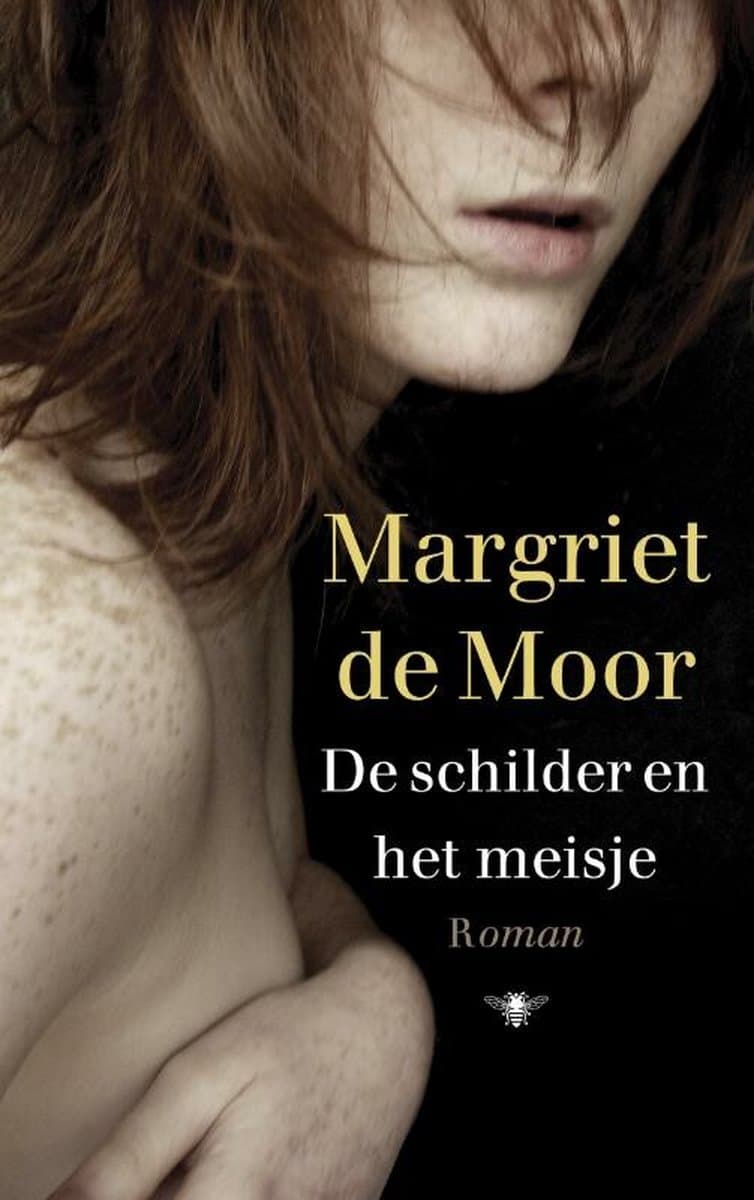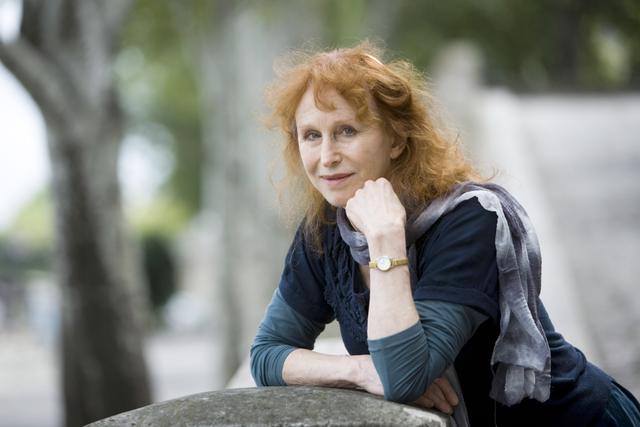The Painter and the Girl
Margriet de Moor has the rare ability as a writer to touch upon the enigma of our existence, even to make known the unknowable within the ‘bewilderingly ambiguous domain of facts and words’, as she called it in Ik droom dus, her collection of short stories. De Moor does so not by relating realistic or straightforward tales, but through the roundabout route of imaginary lives, sensitively following the intuition of her characters.

This is certainly true of her latest novel, De schilder en het meisje (The Painter and the Girl). This time her protagonists are historical figures, one of whom achieved worldwide renown. Although the ‘painter’ in the title of De Moor’s new novel is never named, it is clear from the outset that this is an encounter with Rembrandt van Rijn.
On 3 May 1664, when Rembrandt was 57 and living on Rozengracht in Amsterdam, he did two drawings of the Danish maid Elsje Christiaens, who was publicly strangled and then strung up on the gallows field to the north of the city, on the other side of the river IJ, having been convicted of murder. In a fit of anger, Elsje had smashed her landlady’s skull with an axe.
Why did Rembrandt, who was not keen to leave his home, have himself ferried over to the gallows field in order to draw Elsje? What drove Elsje, who had arrived in Amsterdam only two weeks before, to commit such a brutal act? And why did she show no remorse? In her novel, Margriet de Moor goes in search of these answers. Once again, not by steering her story straight to its inevitable denouement, which is a matter of public record, but by unravelling the thoughts and the emotions of both the painter and the girl. We follow Elsje into a past that De Moor has created for her: she relates the harsh journey from Jutland to Amsterdam, which the maid saw as the promised land. When she arrived, the opposite turned out to be true: Amsterdam was stricken by the bubonic plague and her reception was cold and cruel. The landlady even tried to turn Elsje to prostitution.
However, De Moor’s ability to identify with Rembrandt perhaps compels even greater admiration, and not only because of the author’s style: the wonderful sense of rhythm and finely honed sentences without a trace of sentimentality.
An exceptionally rich novel about death, imagination, and eternity.
NRC Handelsblad
Perhaps the finest feature of the book is De Moor’s depiction of Rembrandt’s view of his own time, the city and the world, showing a real eye for colour (the red of the Jewish bride!) and overflowing with artistic temperament. This is how De Moor sees Rembrandt – as an Impressionist avant la lettre, driven by what he wants to paint, not by what he should paint in order to please the ruling classes of Amsterdam.
Powered by passion, hope and love, these stories about the painter and the girl, both outsiders in the forbidding world of the seventeenth century, ultimately come together in the dreaded conclusion. Throughout the book, Margriet de Moor gives her characters a face, a heart and a soul, bringing them incredibly close to the reader.
With this story about a seventeenth-century Danish girl Margriet de Moor confirms her reputation as an author of historical novels.
Het Financieele Dagblad
